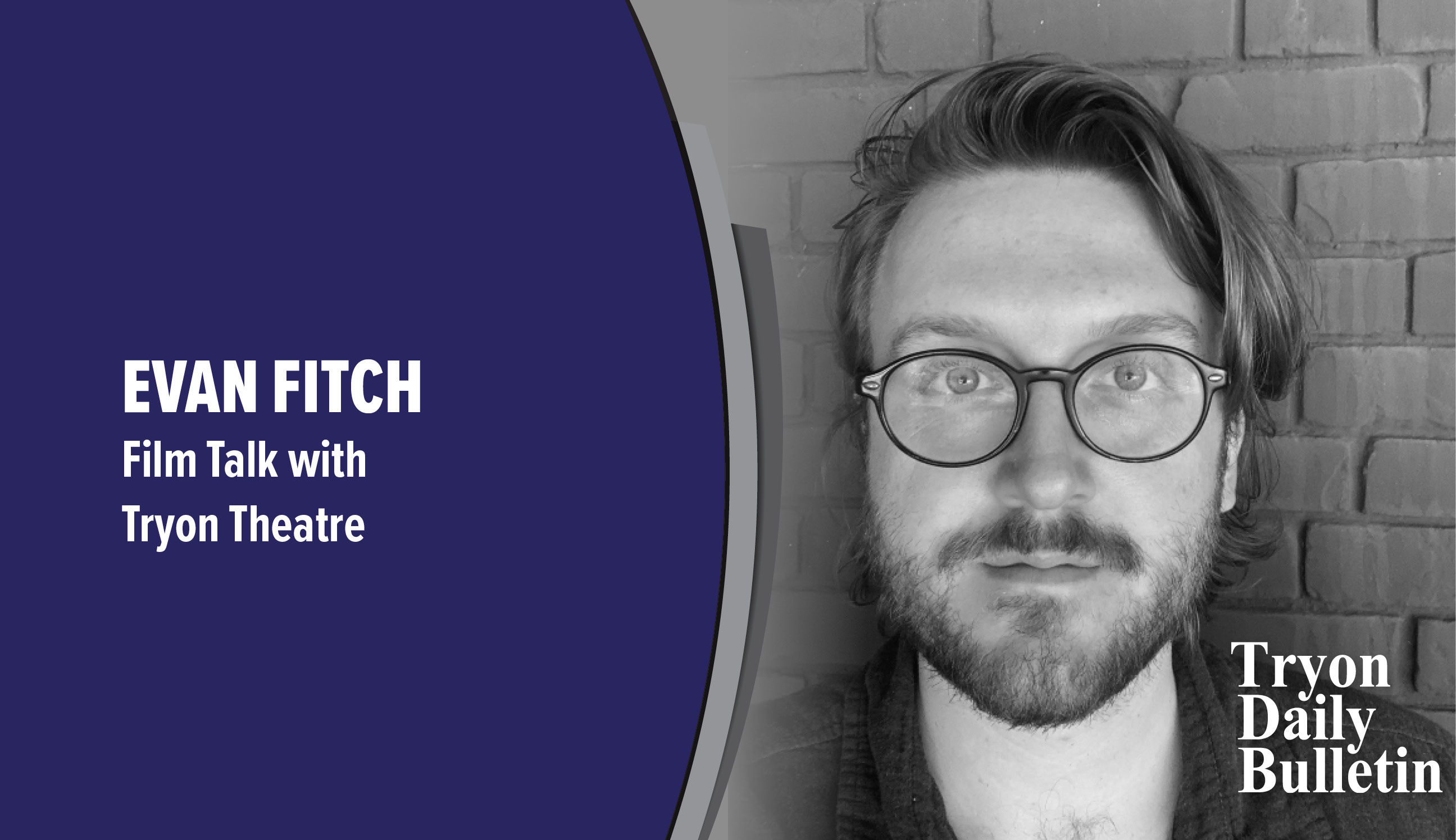Friendship is tested in “The Banshees of Inisherin”
Published 11:09 am Monday, December 12, 2022
|
Getting your Trinity Audio player ready...
|
This week at Tryon Theatre, “The Banshees of Inisherin” arrives, muddy, briny, and deeply Irish. From the setting to the director, to the cast and the title, there isn’t an element of this film that is separate from Ireland. In fact, the title itself is rich with the Irish language and culture.
Banshees are the subject of Irish folklore. Female spirits whose wailing and screaming herald the passing of a loved one, they often portrayed as filthy, older women, eyes red from weeping. “Inisherin” is a portmanteau from the old Irish for island, “inish,” and the old Irish for Ireland itself, “Erin.”
Ireland has over 80 islands off the coast of its mainland, roughly 20 of which are populated. The film takes place on one such settled island, the specificity of which is irrelevant to the narrative. The quality of the island’s contained society, and its separation from the mainland “troubles” of 1923, are the only details needed to define the locale.
The narrative of “Banshees” is brought to life by the ever-talented director and playwright Martin McDonagh, who weaves an engrossing and comedic tapestry of humanity’s scope, from the tender to the perverse, in all his films. McDonagh’s last film was the greatly acclaimed “Three Billboards Outside Ebbing Missouri” (2017). However, the film that will provide the greatest amuse-bouche for consuming “Banshees” is McDonagh’s earlier film, “In Bruges” (2008), an excellent character study following two men in a remote location, and featuring the two leads of “Banshees”: Brendan Gleeson and Colin Farrell. Gleeson and Farrell have remarkable rapport and chemistry, their exchanges imbued with the ease and depth of old friends, the exact dynamic they inhabit in “Banshees.”
Farrell plays Padraíc, a milk farmer who lives in a humble cottage with his sister, Siobhán. He is a simple man, whose main source of pleasure in life is the company and conversation of his friend Colm, whom Padraíc incessantly informs of the smallest and most mundane aspects of his life. Colm is played by Gleeson, a well-liked but private man, who plays fiddle in the local pub, and who recently has decided that he is fed up with Padraíc. In communicating his desire to end the friendship, Colm expresses to Padraíc that he will cut a finger off his own hand for any further instance of Padraíc talking to Colm. Padraíc is understandably confused and hurt, while Colm is decidedly convicted in his threat, despite its absurdity.
Colm, as a fiddler, feels that he is wasting his time on conversation when it could be better spent on composing. His occupation brings all the more weight to the threat he delivers to Padraíc. In threatening to cut off his fingers one by one, Colm is putting Padraíc in the moral quandary of either indulging his life’s comfort of conversation and thus condemning Colm to a life without playing the fiddle, or denying himself his own comfort and thus ensuring that Colm is able to continue pursuing his.
This film’s greatest strength is in its characters. “Banshees” breathes genuine life into each authentically imperfect character, finding moments of great tenderness and humanity amongst moments of anxiety and antipathy, even amongst moments of violence. “The Banshees of Inisherin” has been long and eagerly awaited at Tryon Theatre, and we hope you will join us for the beautiful experience of life contained therein: the laughter and the pain, the joy and the tears.



